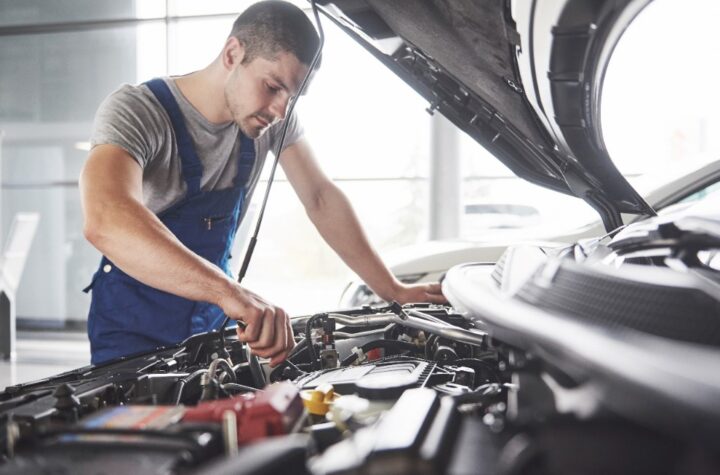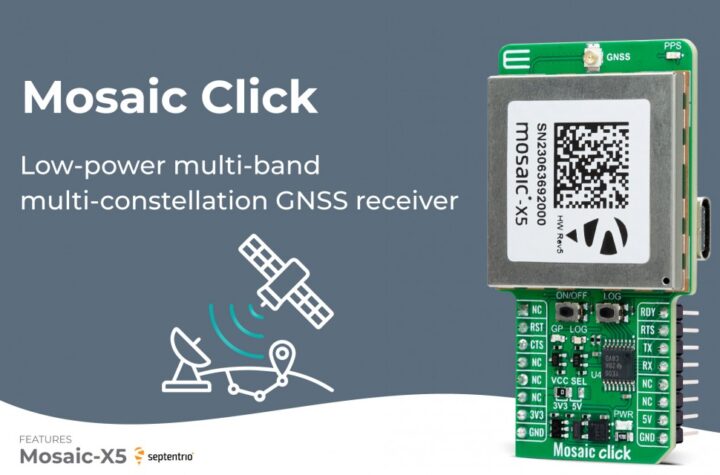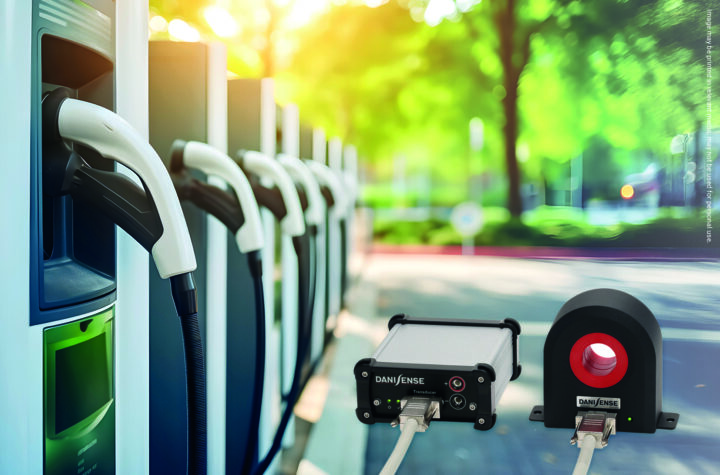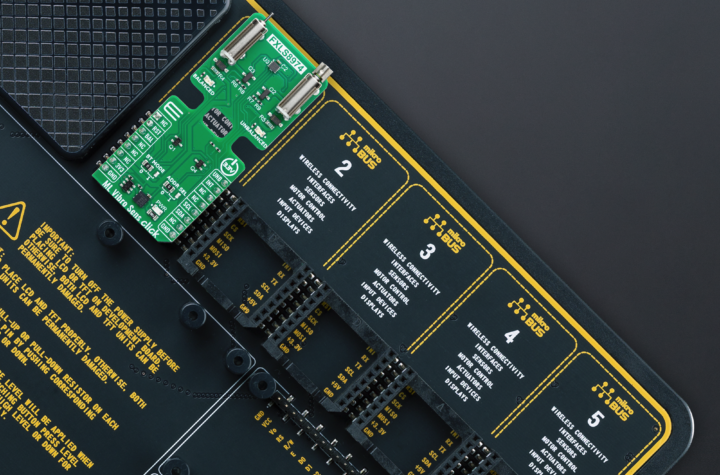
The road map for connected car services has come to be dominated by a model based around an embedded computer in the car which interfaces automatically to some sub-systems in the vehicle, and with a user interface (UI) designed to present selected information and service choices to the driver (and a few others aimed at passengers).
The opportunity to connect cars has sometimes seemed like a match made in heaven for both telcos and automotive OEMs. But cars have long product cycles and even longer replacement cycles.
Many of the cars rolling off production lines now were designed more than five years ago, and embedded connected platforms are only now beginning to make their way from the premium models and into mid-range cars. Within five years the majority of new vehicles rolling off production lines will be connected. The only real downside to a smartphone connected car is the risk of distraction while driving. Auto accident lawyers across the country will tell you that this is one of the biggest killers of drivers on the road and passengers who are waiting just to get to where they need to be. As long as you are smart about your connectivity and only using your smartphone to connect to your car for maps and for phone calls when you are parked and safely at the side of the road, this shouldn’t be a problem.
By 2024 this will translate into more than 600 million connected cars, with a further 500 million aftermarket devices installed in vehicles (Machina Research M2M Forecast Database). But with around 9% of vehicles replaced every year, it is going to take quite a while before most cars on the road are connected.
In the meantime, there are lots of drivers sitting in lots of cars, with smartphones in their pockets. These smartphones are full of highly capable sensors, including GPS receivers, gyroscopes and compasses, and accelerometers that can measure changes in force and velocity. As a result, they are being used to provide services to drivers of precisely the kind that have until now been thought of as the proper province of embedded vehicle platforms.
The most striking example is navigation services. It’s true that the user interface for built-in units is designed with in-car circumstances taken into account, so that there is less reliance on touch-screens and more use of dedicated knobs and buttons that can be used with both eyes on the road. But voice search capabilities of smartphones are better than they were and it’s often an acceptable substitute.
Similarly, with streaming media services like Spotify, Pandora, Aupeo and so on, these services were initially designed to run on smartphones and were added to in-car platforms as part of a special arrangement. Access to them is available via the data package for which the smartphone user is already paying; but car makers, who tend to bundle the connectivity for telematics services in with the connected car offering, seem to think that drivers will pay a separate subscription for the data access required by streaming media.
The main roadside assistance providers offer smartphone apps which provide much of the functionality offered by the embedded platform implementations, including communicating the location of the breakdown to the assistance provider, and providing regular updates to the driver as to the progress of the assistance patrol.
There are smartphone eco-driving apps, which use measurements from the phone’s accelerometers, cross-referenced with time-stamped GPS readings, to provide a driving score based on hard braking, cornering and accelerating, plus compliance with speed limits and other road restrictions. It’s even been suggested that similar measurements could be used to enable a smartphone-based emergency call notification system, which could be automatically triggered in the event of an accident in a mode that parallels (even if it does not precisely replicate) that envisioned for the built-in eCall system mandated by the EU for new car models from 2018. But Street Bump, a piloted application in Boston to use data gathered by smartphones to detect and map potholes in road surfaces and to use this information to notify city authorities, appears to have come to nothing.
A similar approach allows smartphones to be support Usage Based Insurance (UBI). There are services based entirely on smartphone-calculated driving scores, and hybrid models emerging, such as the DropTag product developed by Cambridge Consultants, which combines measurements collected by a low-cost screen-mounted device with a smartphone app and a cloud platform.
Smartphones have also been deployed in the role of an Advanced Driver Assistance System (ADAS). The iOnRoad application now offered as a free download by auto-electronics specialist Harman shows that the camera on a dashboard-mounted smartphone is capable of delivering collision detection warnings and lane departure notification. A similar solution is offered by Israeli start-up I4Drive.
The relationship between applications delivered via embedded platform and those delivered via a smartphone is not always in competition. There are several instances where a smartphone is a complement to an application that is based on an embedded platform. The Roam Delivery service offered by Volvo, which allows users to take delivery of groceries to the boots of their parked cars without having to be there, relies on smartphones for notifications and for providing a one-time secure unlock for the deliverer.
Nevertheless, there are some applications that won’t ever be provided by smartphones. Stolen vehicle tracking absolutely requires that some sort of device is fixed into the vehicle. Remote diagnostics of engine and other sub-systems requires access to data from the car of the kind typically provided either by the CAN bus or, as a minimum, by the OBD2 diagnostic port. The levels of security around these data flows are unlike anything with which smartphone application developers are likely to be familiar. Messing about with this information could trash the car’s internal systems or even cause it to crash. No automotive OEM is likely to allow direct access over the internet to this any time soon.
Several application developers have created apps and platforms that depend on information harvested via the OBD2 port – either directly, via a connected OBD2 key, as in the case of Geotab, Moj.io and Automile, or indirectly, via a short-range connection between the OBD2 key and a smartphone, as in the case of Dash and Torque. The OBD2 port is based on an industry-recognized standard, yet even here there are security issues, with widespread reports of OEMs claiming that connecting an OBD2 device voids the vehicle’s warranty.
Ten years from now most cars on the road will have an embedded, connected computer on board. In the meantime, though, there will be other ways of providing connected services, and some of these will become sufficiently well-established as to be hard to displace.
“Ten years from now most cars on the road will have an embedded, connected computer on board.”















More Stories
Mosaic Click board from MIKROE delivers global coverage multi-band and multi-constellation tracking ability
Current transducer from Danisense selected for DC charging station testing device demonstrator at TU Graz
New Click board from MIKROE helps develop and train ML models for vibration analysis